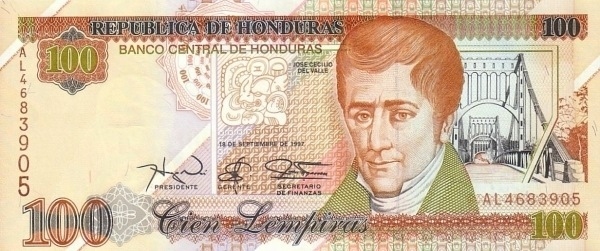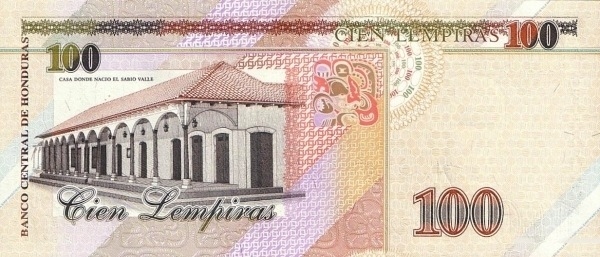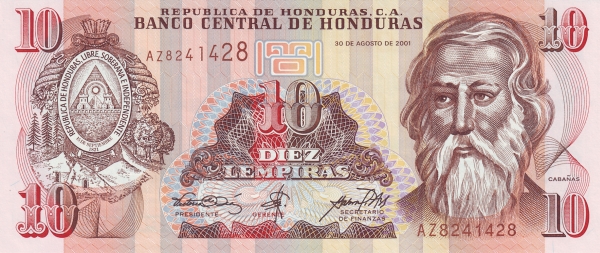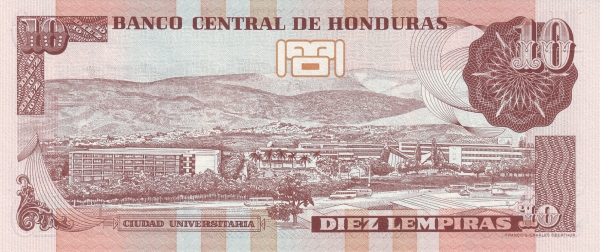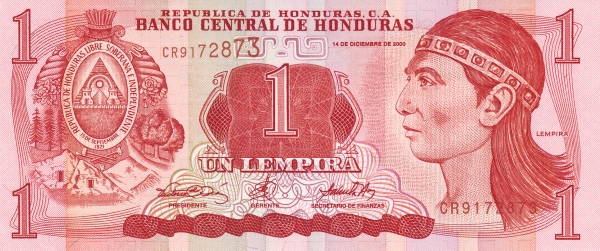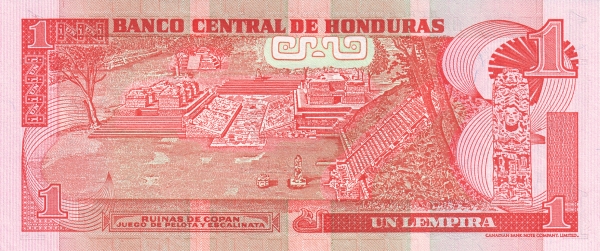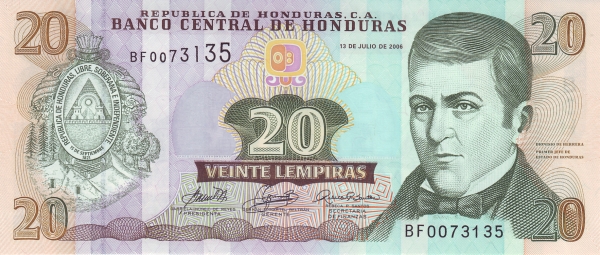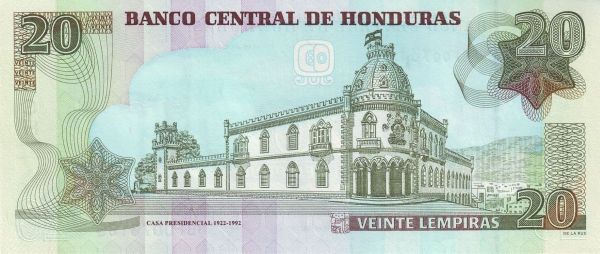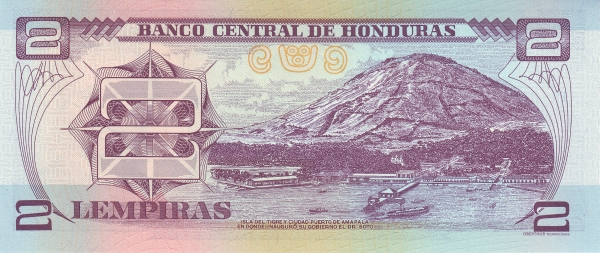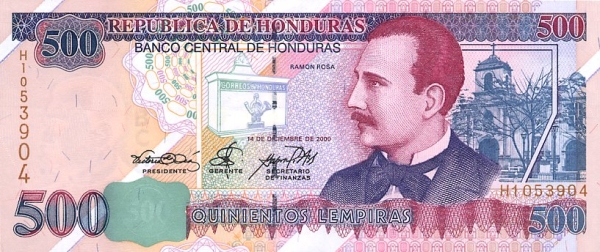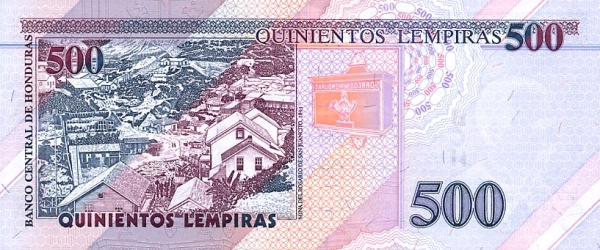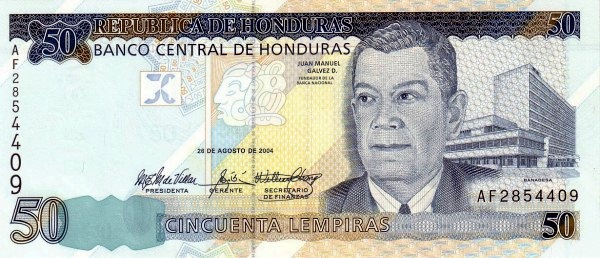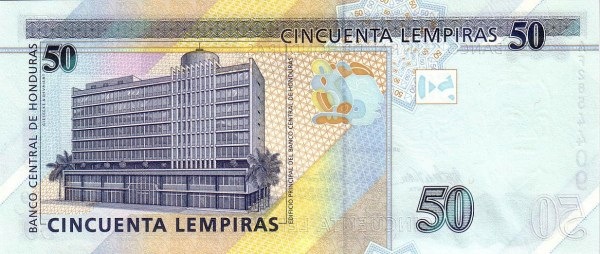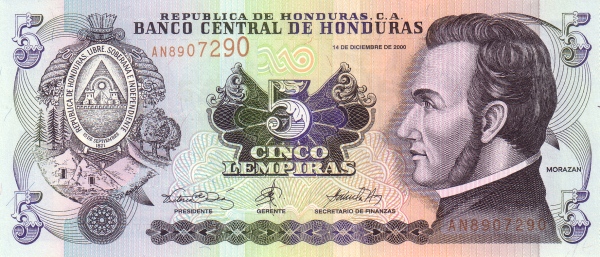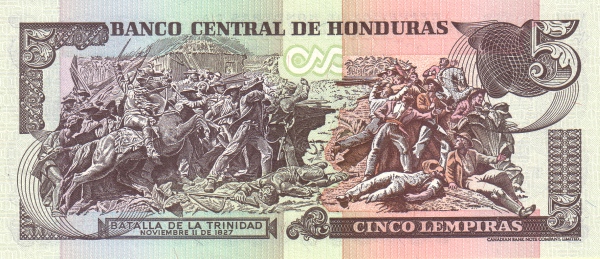Discovering Honduras: A Gem of Central America
Honduras, a captivating country located in Central America, boasts a stunning mountainous landscape that forms a vital part of the land bridge connecting North and South America. This vibrant nation enjoys a long coastline along the Caribbean Sea to its north while also possessing a brief stretch along the Pacific Ocean at the Gulf of Fonseca. With a blend of rich culture and history, Honduras invites travelers and explorers alike.
Geographical Overview of Honduras
Navigating further, we find that Honduras shares its borders with several countries. To the southwest, El Salvador lies close at hand, while Guatemala and Nicaragua border it to the west and south, respectively. Additionally, Honduras features maritime boundaries with Belize to the east and also connects with Colombia, Cuba, and Mexico across the water. The geographical diversity of the nation enhances its allure, as rugged mountains and dense forests create an enchanting backdrop.
A Glimpse into the Population and Culture
The population of Honduras stands at approximately 8.5 million residents as of 2015. Notably, Tegucigalpa, the capital city, is home to around 1.2 million people. Within this thriving metropolis and beyond, Spanish remains the official language, reflecting the deeply ingrained influence of its heritage. Interestingly, the country's ethnic composition showcases a rich tapestry, with around 90% of the populace identifying as mestizo, a blending of Amerindian and European ancestry. Furthermore, various groups of European, Arab, African, or Asian lineage make up the remainder of the population, alongside indigenous tribes that still maintain their traditions.
The Rich Historical Background
To truly appreciate Honduras, one must delve into its intriguing past. Originally part of the vast Spanish Empire in the New World, Honduras achieved independence in 1821. Following years of military rule, the country embraced a democratically elected civilian government in 1982. Throughout the turbulent 1980s, Honduras positioned itself as a refuge for anti-Sandinista contras engaged in struggles against the Marxist government of Nicaragua. This period further solidified the country’s role in Central American geopolitics.
Tragedy struck in 1998 when Hurricane Mitch unleashed its fury upon the nation, resulting in the deaths of approximately 5,600 people and an economic toll nearing $1 billion. Such catastrophic events have shaped the resilient spirit of the Honduran people, fostering a collective resolve to rebuild and thrive.
Natural Features and Climate of Honduras
Geographically, Honduras presents an area of approximately 112,492 km² (43,433 sq. mi.) characterized by its predominantly mountainous terrain. The elevation influences the climate, which ranges from tropical to subtropical conditions. Such diverse weather patterns contribute positively to the vibrant ecosystems found throughout the country, giving rise to rich biodiversity.
The People and Their Beliefs
Hondurans take immense pride in their identity, and their nationality stems from a deep historical connection to the land. The nation practices a predominantly Roman Catholic faith, with approximately 97% of the population adhering to this religion, while a Protestant minority complements the spiritual landscape. Moreover, literacy rates hover around 72%, reflecting ongoing efforts to improve education and access to knowledge.
Natural Resources and Agriculture
When considering the economy of Honduras, it’s important to highlight the nation’s wealth of natural resources. The land yields timber, precious metals such as gold and silver, and various minerals including copper, lead, zinc, and iron ore. Fishing and hydropower stand as crucial components of the country’s resource portfolio, ensuring economic diversity. Agriculture also plays a significant role, with staples such as bananas, coffee, citrus fruits, beef, timber, and shrimp featuring prominently in both domestic consumption and exportation.
Economic Landscape and Trade Relations
Honduras has developed a range of export commodities that include coffee, apparel, and shrimp, alongside automobile wire harnesses, cigars, and lobsters. The United States remains the largest export partner, accounting for approximately 36% of the nation's exports, while other significant partners include Germany, El Salvador, and Guatemala. Import commodities reflect a focus on industrial growth, with much of the machinery, communication equipment, and chemical products sourced from international partners such as the United States and China.
Conclusion: Embracing the Spirit of Honduras
In summary, Honduras stands as a beacon of cultural richness and historical significance in the heart of Central America. Travelers can immerse themselves in the diversity, resilience, and beauty of this remarkable country. As you contemplate a visit, consider experiencing its natural wonders, exploring its fascinating history, and engaging with the welcoming locals. Honduras truly encapsulates the spirit of Central American hospitality.
Largest cities of: Honduras
| City Name | Population | Year of foundation | |
| Tegucigalpa | 1,028,000 | 1578 | |
| Tegucigalpa | 1,163,205 | 1578 | |
| San Pedro Sula | 655,491 | 1536 | |
| Choloma | 282,805 | 1957 | |
| La Ceiba | 200,000 | 1872 | |
| El Progreso | 150,000 | 1880 | |
| Comayagua | 100,000 | 1537 | |
| Puerto Cortes | 80,000 | 1502 | |
| Tocoa | 60,000 | 1502 |
Honduras: Money
